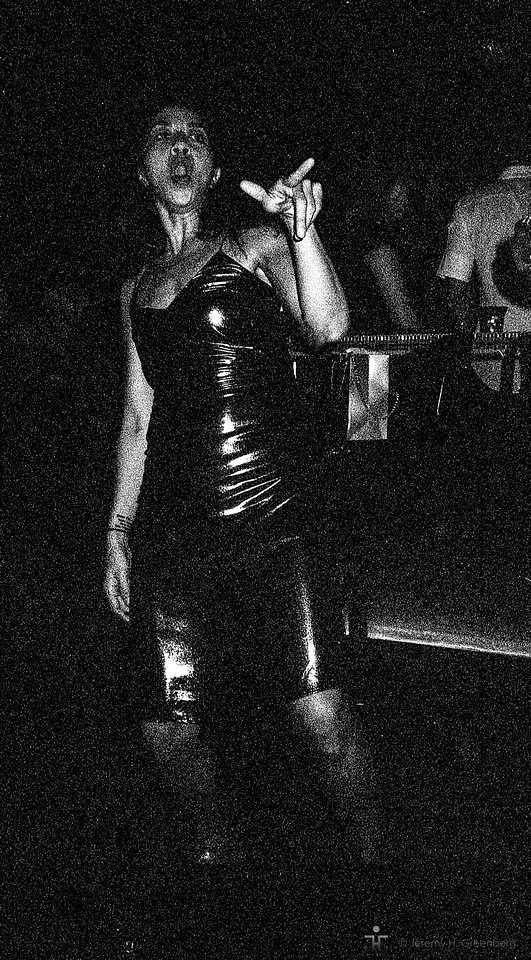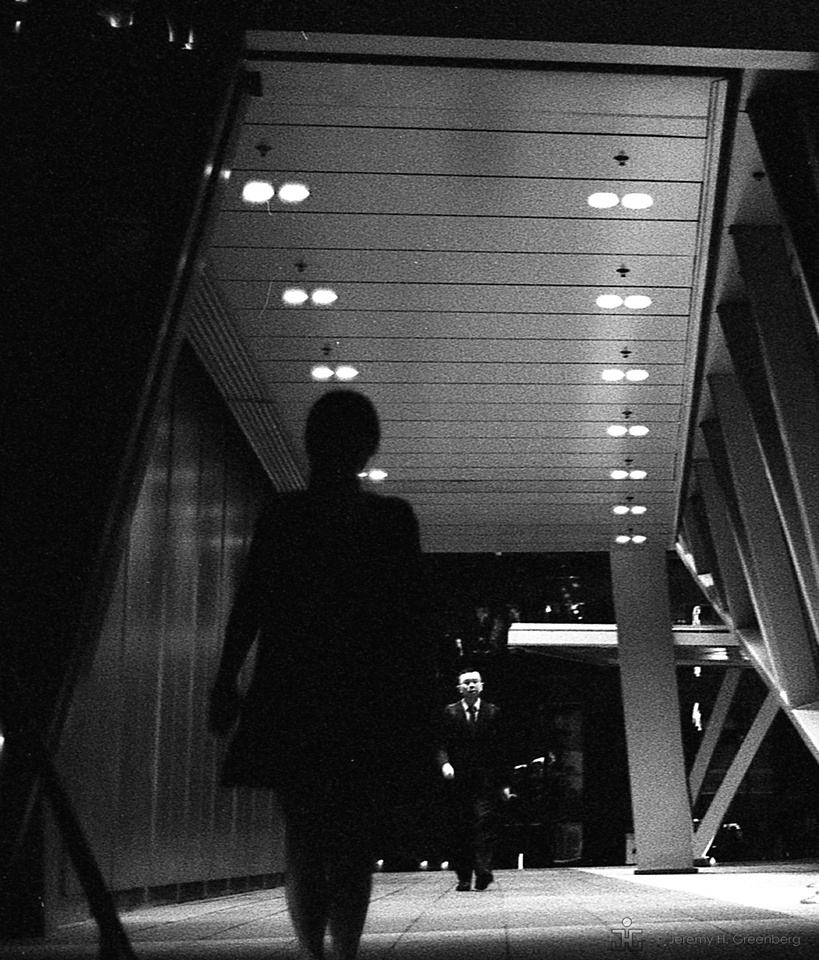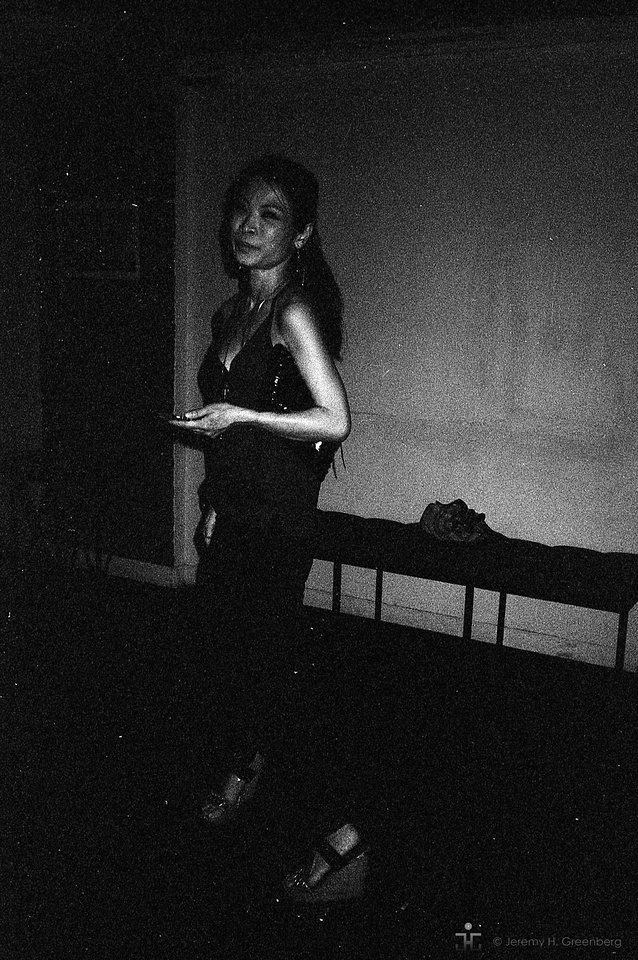Blog #39 Drawing with Light and Words
Blog #39 Drawing with Light and Words
For this week’s blog I’m reflecting about writing about photography. The political climate this month (November) is depressing to say the least in my home country of USA and it’s not much better in other places around the world. I’m looking for a creative and healthy escape from the hectic and stressful day to day grind. Writing requires all faculties and can be instrumental as a distraction from the multitude of life’s challenges. I’ve decided to take on multiple writing projects that I will explain more about later.

 The word photography was derived from the Greek root words “phōtos” meaning light and “graphé” meaning lines or drawing. Hence, the term literally means drawing with light. Photographers can and do also write with words. We have been including titles to our work probably since the start of the medium around 1838. It is commonplace for photographers to include a title to an image, series, or body of work. While some rebel against this practice, many photographers title their images as painters and other artists have done over the years. Artist statements are frequently included at the start of printed photography books before the pictures are presented. Frequently, this statement is provided by the artist himself or herself. Alternatively, the publisher or editor will provide a bibliography of the photographer.
The word photography was derived from the Greek root words “phōtos” meaning light and “graphé” meaning lines or drawing. Hence, the term literally means drawing with light. Photographers can and do also write with words. We have been including titles to our work probably since the start of the medium around 1838. It is commonplace for photographers to include a title to an image, series, or body of work. While some rebel against this practice, many photographers title their images as painters and other artists have done over the years. Artist statements are frequently included at the start of printed photography books before the pictures are presented. Frequently, this statement is provided by the artist himself or herself. Alternatively, the publisher or editor will provide a bibliography of the photographer.

 There is such a vast collection of written books, articles, blogs, and other resources for photographers these days that no one could possibly read all of it. We read what we can, yet, the river of information continues to flow harder and faster.
There is such a vast collection of written books, articles, blogs, and other resources for photographers these days that no one could possibly read all of it. We read what we can, yet, the river of information continues to flow harder and faster.
How does it benefit the photographer to write about photography? I will offer an answer to that question here. First, writing about a subject forces me to take some time to research the topic. This results in a deeper level of understanding about a given topic or subject manner. As an educator, this process is familiar to me my other professional endeavours have made it easier to write about topics in photography.

 Second, I also find it fulfilling to contribute to the field. There are social benefits in terms of forging professional relationships and friendships through the sharing and contribution process. Forming social networks is important for personal and professional growth and support.
Second, I also find it fulfilling to contribute to the field. There are social benefits in terms of forging professional relationships and friendships through the sharing and contribution process. Forming social networks is important for personal and professional growth and support.


To summarize some recent writing, I’ve been fortunate to establish some of these connections recently. Digital Photography School published a tutorial piece that I did on post processing digital images to achieve the look of film. I’ve blogged about various topics such as Japanese Style in photography, setting goals, and ten ways that shooting film can benefit your digital work. I try to vary the topics to keep you, the reader, interested.
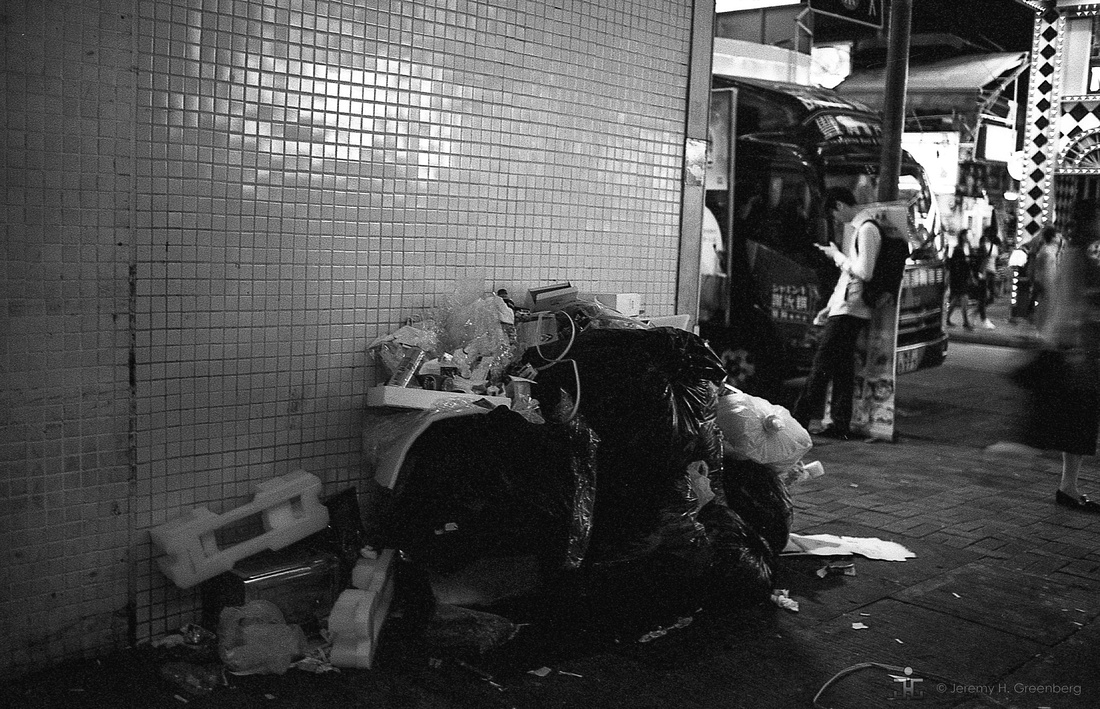
 Next month, The Inspired Eye, will feature me and some of my work through their interview series. It’s really an honour to be featured and happy to contribute to photography's global community in that way. More pieces will be featured in the near future from Japan Camera Hunter and Casual Photophile sites as well.
Next month, The Inspired Eye, will feature me and some of my work through their interview series. It’s really an honour to be featured and happy to contribute to photography's global community in that way. More pieces will be featured in the near future from Japan Camera Hunter and Casual Photophile sites as well.

 I’m reminded of the old English Idiom , a picture is worth a thousand words. Reversing this phrase would require one thousand words for one picture. While taking this literally might not be possible, it is a worthwhile process to shoot, write, and consider the balance of these and other creative pursuits for all photographers.
I’m reminded of the old English Idiom , a picture is worth a thousand words. Reversing this phrase would require one thousand words for one picture. While taking this literally might not be possible, it is a worthwhile process to shoot, write, and consider the balance of these and other creative pursuits for all photographers.
P.S. The photos included in this blog were the results of shooting Rollei Infrared 400 35mm film. I developed the film at home using Rollei Supergrain for 15 minutes at 1+15 dilution. A red #25 filter was used over my Nikon AI 35mm f/2 lens of my Nikon FE SLR. I like the high contrast and moderate grain levels from these images. The processing reflected my vision for how I expected the images to come out. Keep experimenting !
The light is always right.
jhg
Blog #38 Photography Health Report
Blog #38 PHOTOGRAPHY HEALTH REPORT
We all know that it is recommended that every year we are supposed to go to see the doctor to have a medical check up to see if everything is in working order and test for disease. Cameras, too, occasionally need a clean, lubrication, and adjustment (CLA) service. What about the whole of the photography field in general? Are there any measures that could help photographers to gauge and assess our field as a whole? In this week’s blog entry, we take a look at some indicators that may point to the general health of photography.

 There were a lot of ups and downs in photography over the years. From its humble beginnings, the patent wars were already starting between France and England after it all started in 1839 in by Louis Daguerre. For a while, photography only existed in the hands of a capable few who could handle the large format camera, steel plates, and crude chemistry needed to produce images from light. Across the pond, things settled down at the beginning of the 20th century with the start of Kodak in Rochester, New York. The Brownie camera was created, and every household could own a simple camera for their personal usage.
There were a lot of ups and downs in photography over the years. From its humble beginnings, the patent wars were already starting between France and England after it all started in 1839 in by Louis Daguerre. For a while, photography only existed in the hands of a capable few who could handle the large format camera, steel plates, and crude chemistry needed to produce images from light. Across the pond, things settled down at the beginning of the 20th century with the start of Kodak in Rochester, New York. The Brownie camera was created, and every household could own a simple camera for their personal usage.
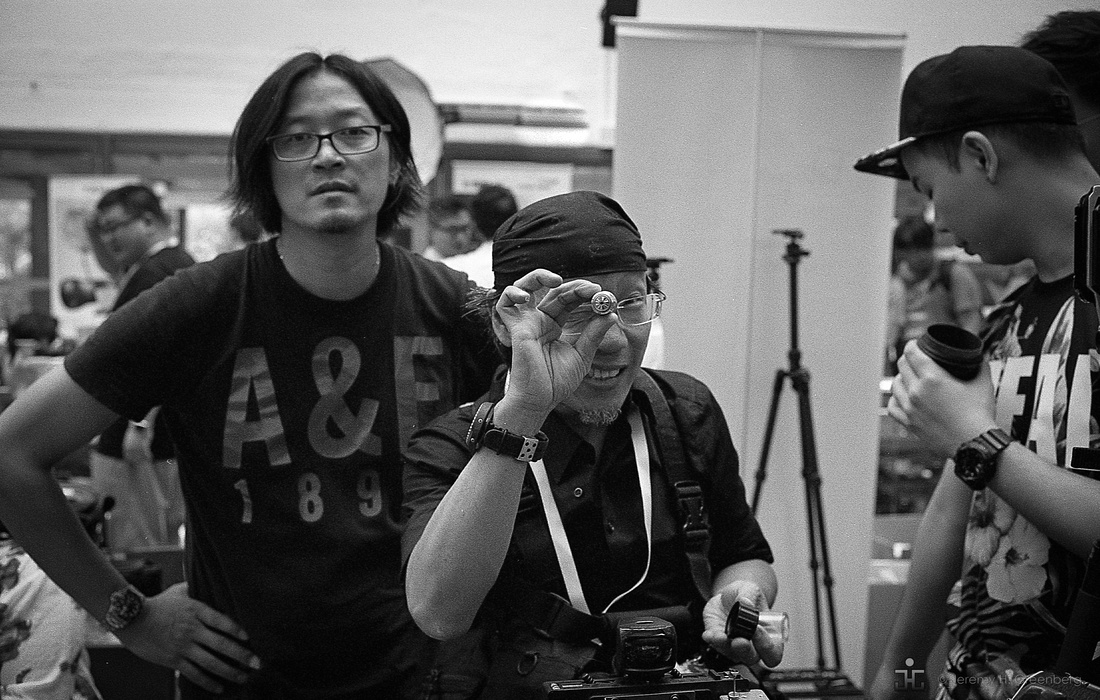

Fast forward about 100 years. Now, we are living on a planet with a billion smartphone users. All have the capability to shoot and post images at the touch of a button or even through voice controls. Recent estimates are that about 4 billion new images are posted to the internet daily. Wait! Stop the press! What happened to film? A few years after we partied like it was 1999, we saw the development of consumer digital cameras. Photography changed forever. This represented a significant paradigm shift and in the field. Thus, the film vs. digital wars have been raging ever since. This time has been cited by historians as the Great Schism. Actually, the Great Schism was a religious event that happened a few hundred years before photography was invented and had nothing to do with photography, but I was just seeing if you were paying attention. As far as wars go, there have been some great images unfortunately, made on the battle field (Robert Capa )but there are not actual wars being fought between photographers over film or digital. Can’t we all just get along? I digress.


Film suffered through the initial excitement and trend in digital. This was evidenced by the 2012 “crash” of the mighty Kodak Company who filled for bankruptcy and needed to sell off over a half a billion dollars worth of patents to Apple and other giant technology companies to stay alive. Thankfully, Kodak survived, and is still making film. Their colour motion picture film industry is actually quite robust. Hands off the panic button, mates.
Film has arguably rebounded recently. In 1995, Lomography started with some students who shared a passion about photography. This company has evolved into a world-wide lifestyle brand centred around film photography. Closer to home, here in Hong Kong as I type this blog entry, we are in the middle of the 4th Hong Kong International Photo Festival. Amongst four months of photography related activities that include: major exhibitions, collaborative exhibitions, tutorials, and other related activities including the Classic Camera Fair. Participating are thousands of photographers at various stages of their development from newbie to professional. Of note were the numbers of 20 somethings present who seemed to be passionate about photography and film! The word resurgence is a bit of an understatement.
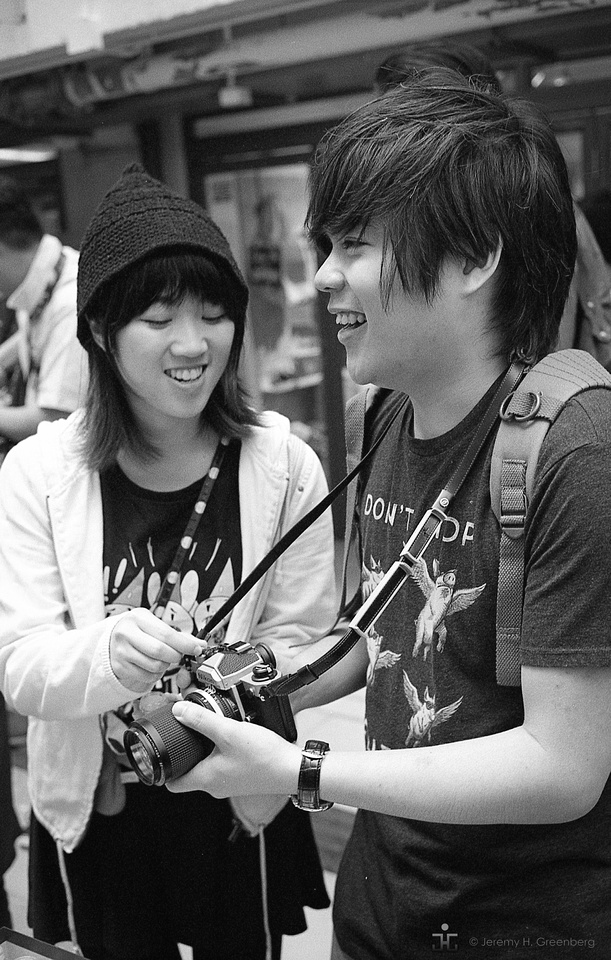

The photos in this blog post were all made at the Classic Camera Fair. Warning! Technical information ahead! These images were shot on my Minolta CLE with Leica 40mm f/2 lens using a Yellow #8 filter. I develop my own film at home (Nerd Alert!) and I used Rollei Supergrain Developer diluted to 1+15 and scanned on an Epson V600 at 2400dpi.
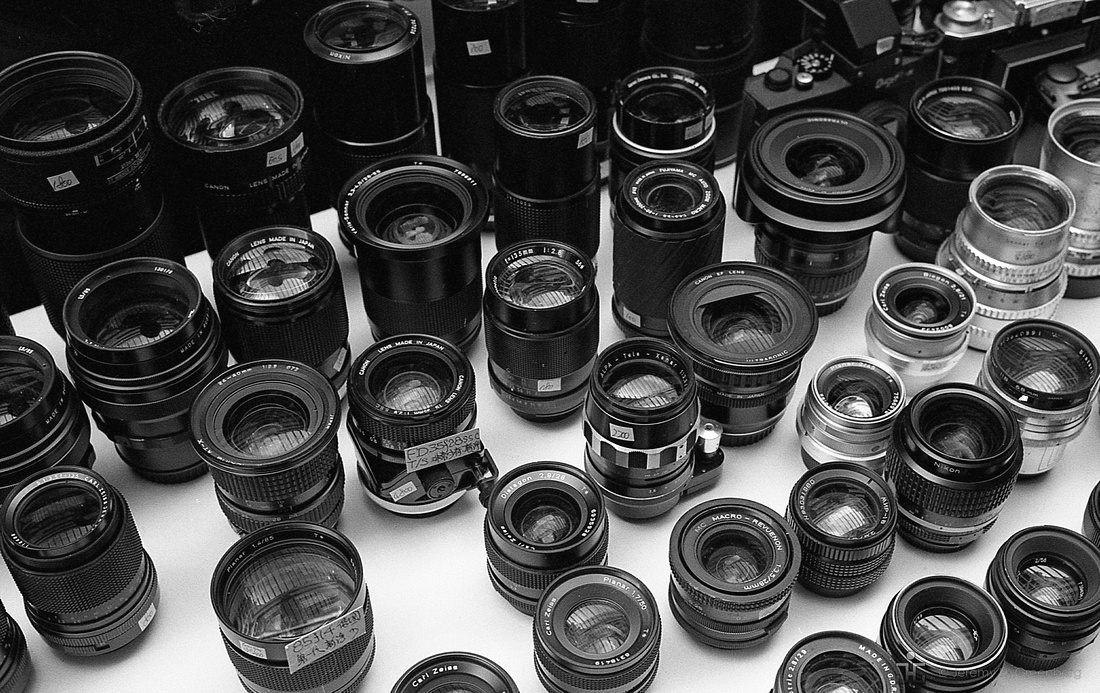

Hong Kong has a handful of film camera stores, workshops, classes, and multiple film developing shops that are all busy all of the time. Savannah College of Art & Design (SCAD) did a massive renovation to an old colonial magistrate (government) building and has a robust state-of-the-art photography program along with many other creative career tracks. I do my own little part through The Harbour School (International) in our own dark room where we teach primary students how to shoot, develop, and print film in multiple formats. When their image appears on the paper in the darkroom for the first time, it’s like magic and they love it! It’s really cool to watch the students experience this.
In terms of digital cameras and photography, they have been on a steep learning curve. Every major manufacturer has produced annual stunning examples and digital improves all of the time. Each year, they keep outdoing themselves. There is no such thing as a bad camera anymore. They are all good and It’s an amazing time to be a photographer.
There are more blog sites, YouTube channels, photography shows, and retrospectives now more than ever. Oh, and, Instagram. Need I say more? Social media and the whole Snapgramtwitface thing is completely out of control and I mean that in the best way possible. Everyone is a photographer and that’s a good thing for photography. So, how do we summarize the general health of the field? Photography is like an adolescent in the prime of its youth, feeling invulnerable and impervious to death. Photography is strong, daring, and reeks of immortality. It’s got the world by the tail (lens), so to speak, and it’s just getting warmed up.
Here’s to the next 100 years of making magic with photons!
The light is always right.
jhg
P.S. That's me and Bellamy Hunt from Japan Camera Hunter. He's got some of the nicest film cameras anywhere plus he's a trove of knowledge of all things camera. Check out Bellamy here: http://www.japancamerahunter.com
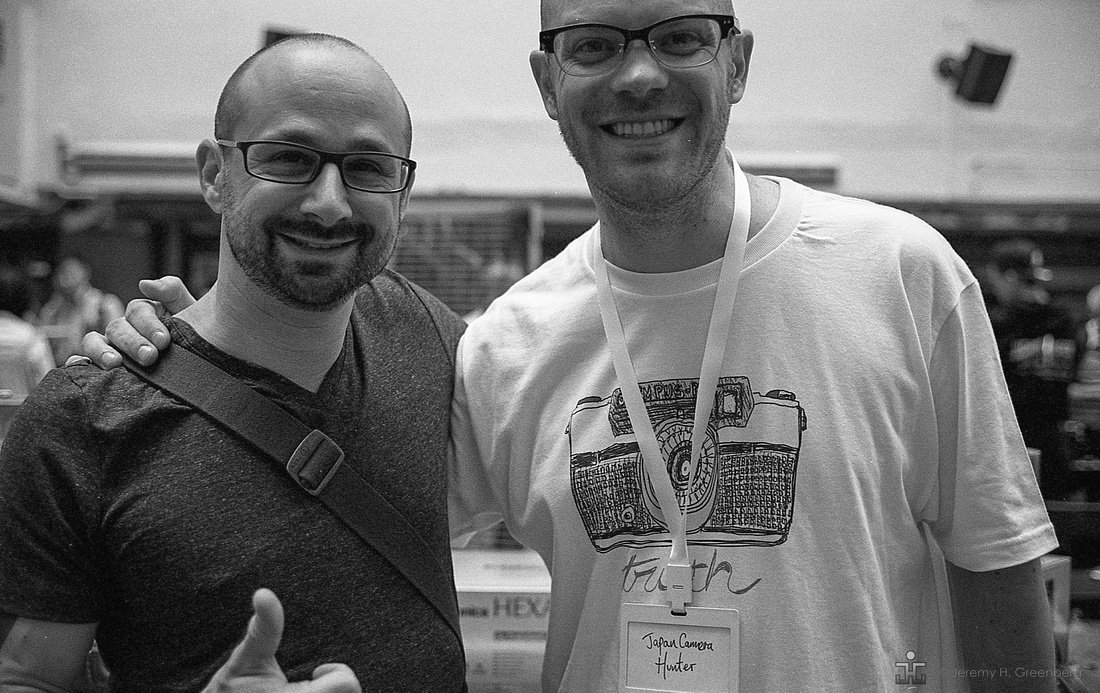

Blog #37 Ready, Set, Goal!
Blog #37 Ready, Set, Goal!
Based on the title of this week’s blog entry, you can probably tell that the topic of the discussion will be goals in photography. We are getting to the end of the calendar and I tend to become reflective around this time of year. In any profession or hobby where improvement is expected, it is appropriate to establish goals. This is usually sufficient but not entirely necessary for improvement to happen. Sure, you can go about making images willy-nilly but then improvement will be strictly accidental. The photographer without a goal-oriented process will make images that are good or even great from time to time, based on chance, or serendipitously. It will be difficult to replicate good work or to have consistency in that work without a work flow that is goal-oriented.
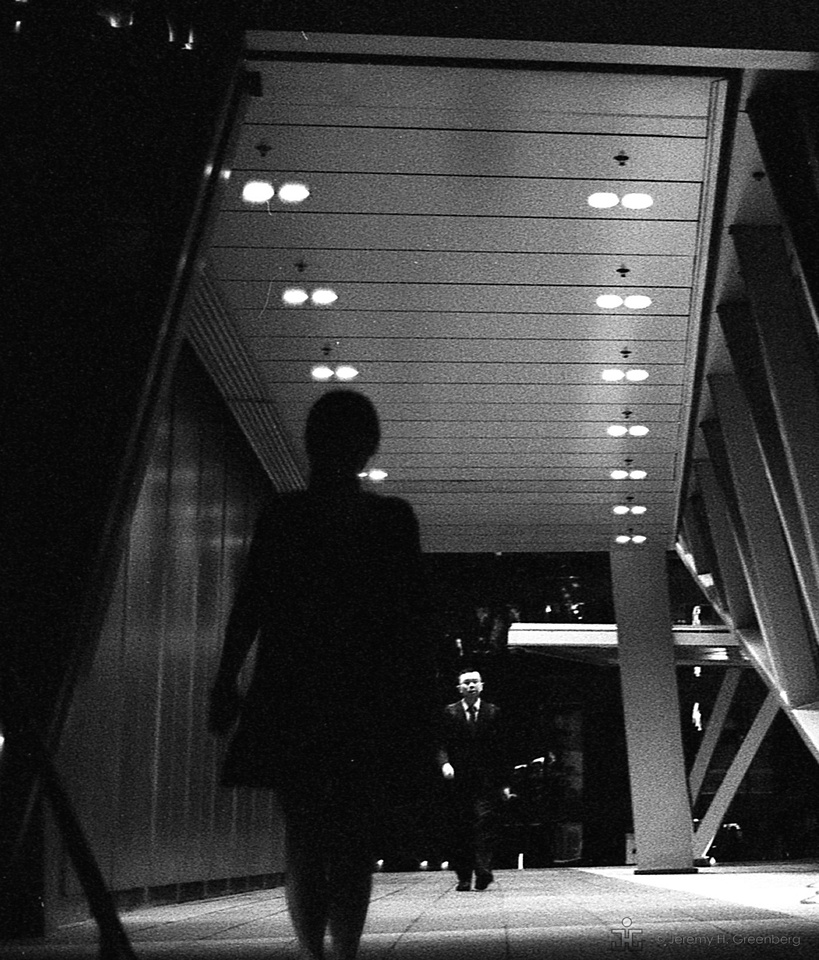

From Black City Series
You can approach this process with three factors that you should consider when setting photography goals for yourself. The three factors are as follows:
- How many goals should you establish.
- How long will you have to complete the goals, and
- What is the content or relative size (difficulty level) of the goals.
Goals should be established based solely on your own expectation and what you want to accomplish. The first factor is number. Most likely, somewhere between around three to five goals but fewer than 10 would be a good place to start. This can be adjusted later once you assess the difficulty level or effort involved in each of the goals that you set. However, since you cannot really predict how long a given goal will take, and what might get in the way of you achieving a given goal, you want to work with a reasonable number. The goal of setting goals is to complete them!
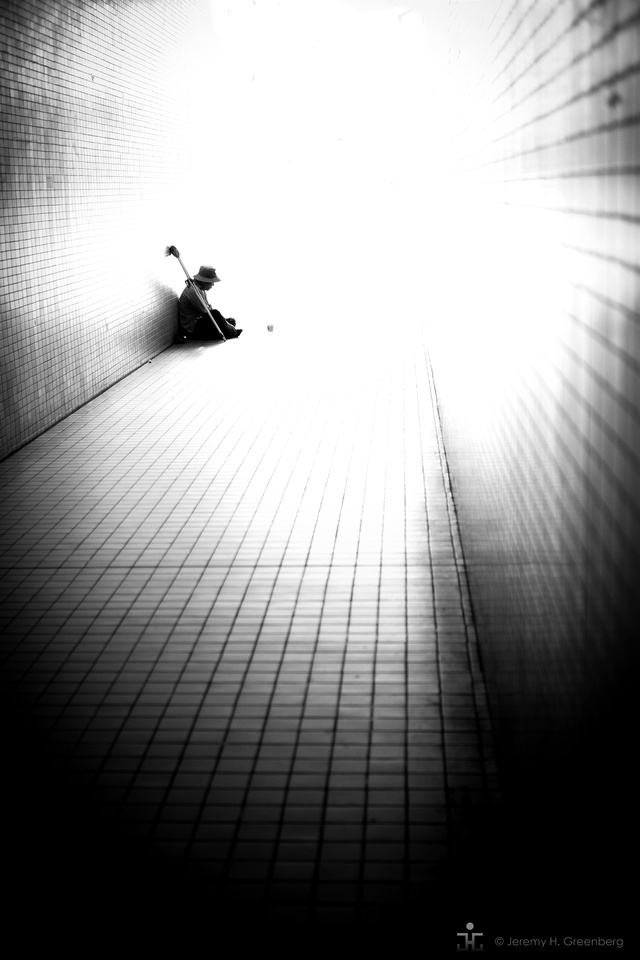

From Distant Figures Series
In terms of the duration for your goals, many people may find it suitable to work on a one year time line. This allows for: unexpected obstacles to sort themselves out, flexibility across the goals that you set for yourself, and also a reasonable amount of time to work on a given goal or project. Many projects can and do span decades or even a across the lifetime of the photographer. However, even those need to start somewhere. You will of course be able to go at your own pace throughout the process. You might start one goal and stop that one to move on to another in the process of one year. This is an appropriate starting point and you can always adjust after the first year of goals. Some may also carry over the following year. That will be up to you and the complexity of the goal that brings us to the last and final factor in setting goals.
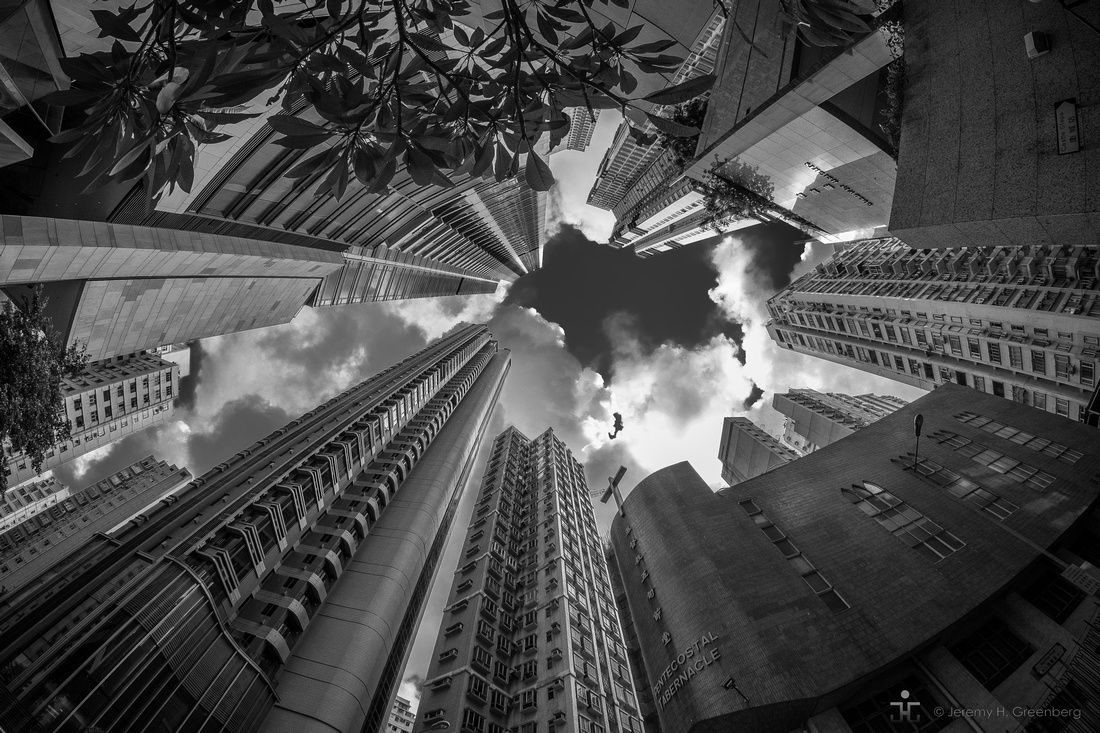

From the Urban Angles Series
The third factor of setting photography goals for yourself is the content or difficulty level of the goal itself. Learning how to reliably develop black and white film, for example, will require a learning curve of around a few weeks or even months. Researching gear for travelling might take just a few hours or a few days. A Project 365 will take, you guessed it, 365 Days. It would be a helpful ingredient to your goal setting and planning to vary the size or effort of the goals. The three examples above represent short, medium, and long term goals. Include all of those in your three to five annual goals for optimum success.


From Abstract Nightlife Series
A few years ago I decided to become a professional photographer. Soon after, I set a lofty seven goals for myself. I was able to complete six out of those seven goals and one of them (Project 365) carried over the next year.
I was so motivated by my success in completing this first set of goals that I set eight goals the following year. Although some of the goals were short and relatively easy to accomplish, I think that the key to the success was having a variety of difficulty levels built in from the start.
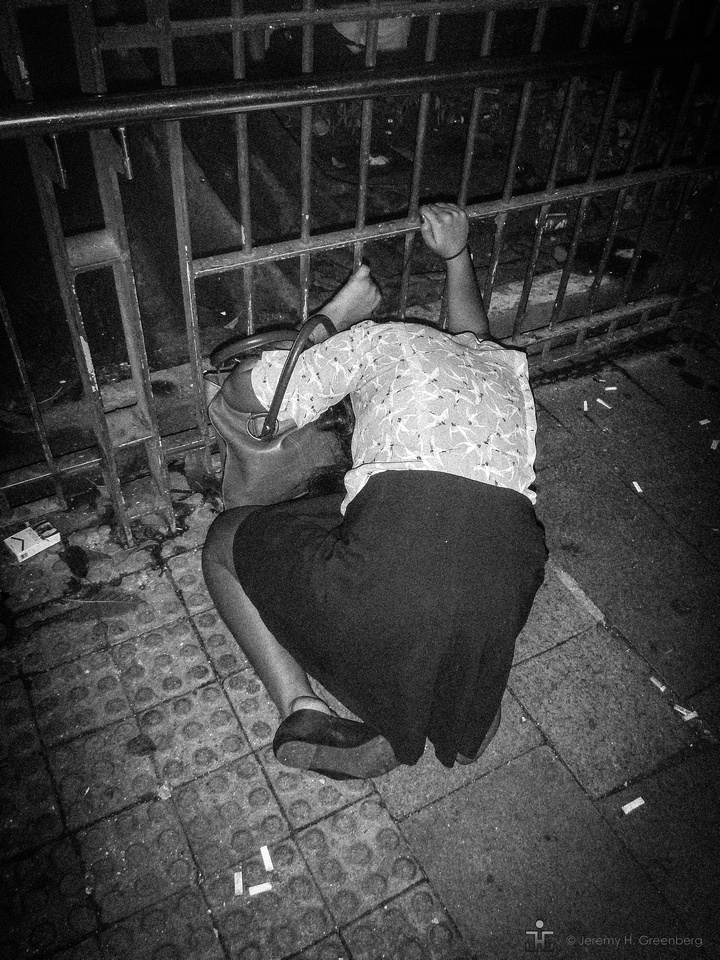

From the Black City Series
One goal that I would like to share is the creation of series or collections related to a theme. Sometimes, there are projects that photographers work on over months, years, or even decades. The projects can increase, and decrease, and change over time. Establishing a collection of theme related images is one type of basic project. The organisation and editing of these images is a crucial factor in the creative process. For the photographer who works on this process, a collection or series will emerge. One goal or outcome related to this practice is to create a body of work. A body of work can be defined as “the total output of a writer or artist (or a substantial part of it).”
Printing images and putting them into books for viewing, critique, and submission for publication are all worthy, albeit challenging, goals related to this process. What goals will you work on for 2017?
The light is always right.
jhg
Blog #36 Creative “Constraint”
Blog #36 Creative “Constraint”
Most photographers appreciate the complexity and engineering that goes into a fine camera whether it uses film, digital, or anything in between. They also realise that to make good or even great images, one needs to develop themselves as well (pun intended). There are many cameras that have been fully operational for 100 years or more. The reliability in the last 50 years has been excellent. Leica rangefinders reportedly require adjustment after over 100,000 clicks of the shutter. For the average snap shooter, this might represent a lifetime of usage. With the recent introduction of consumer grade digital and mirrorless models, many manufacturers have produced outstanding results. A recent release from Japan, for example, can shoot with an ISO sensitivity of 4,000,000! In other words, it can see in the dark and is more sensitive than the human eye. This is simply astounding and more like an instrument from the USS Enterprise rather than something we might recognise as a camera.
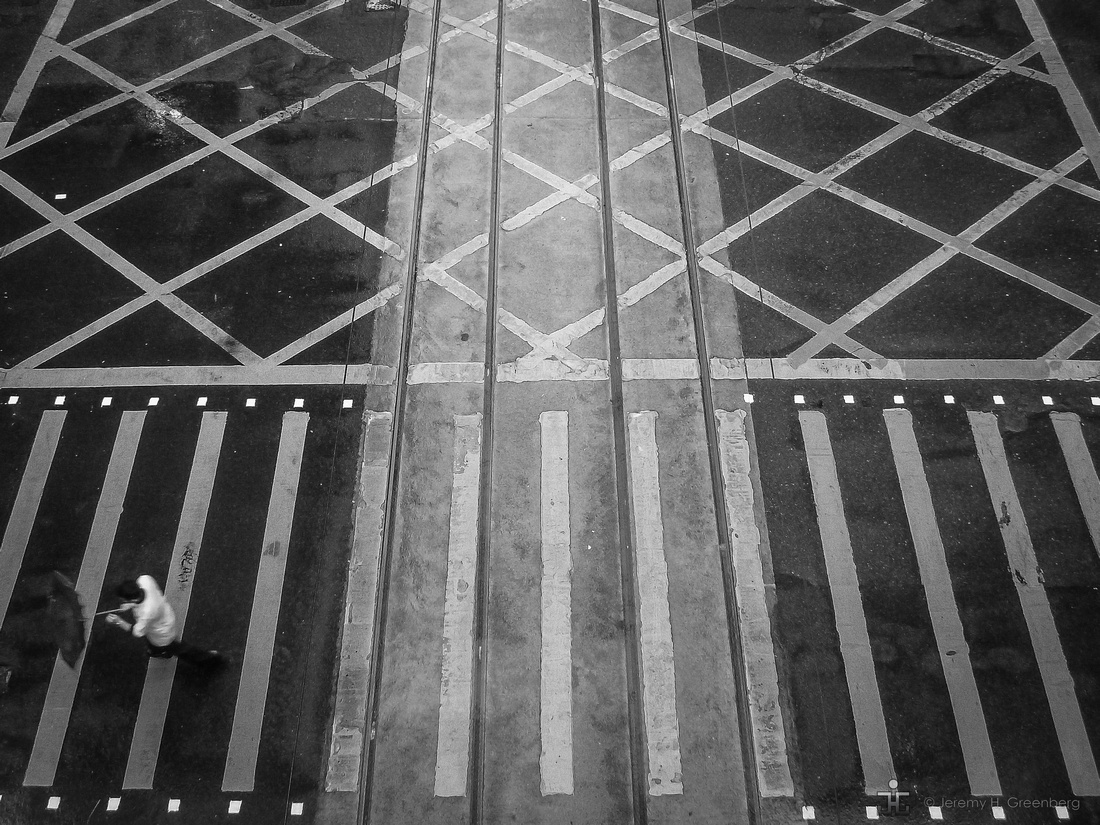

However, as we all know, the camera does not make the image, the photographer does. There are many pros and cons about the myriad of cameras out there and this model versus that model. There are many camera review sites and gear bloggers out there currently posting the latest unboxing (hashtag cameraporn). It may be challenging to avoid the keeping up with the Joneses attitude. After all, who wouldn’t want the next model camera for that 5 mp increase in image quality, 10 minutes more of battery life, and 20mm smaller body, if money was no object?
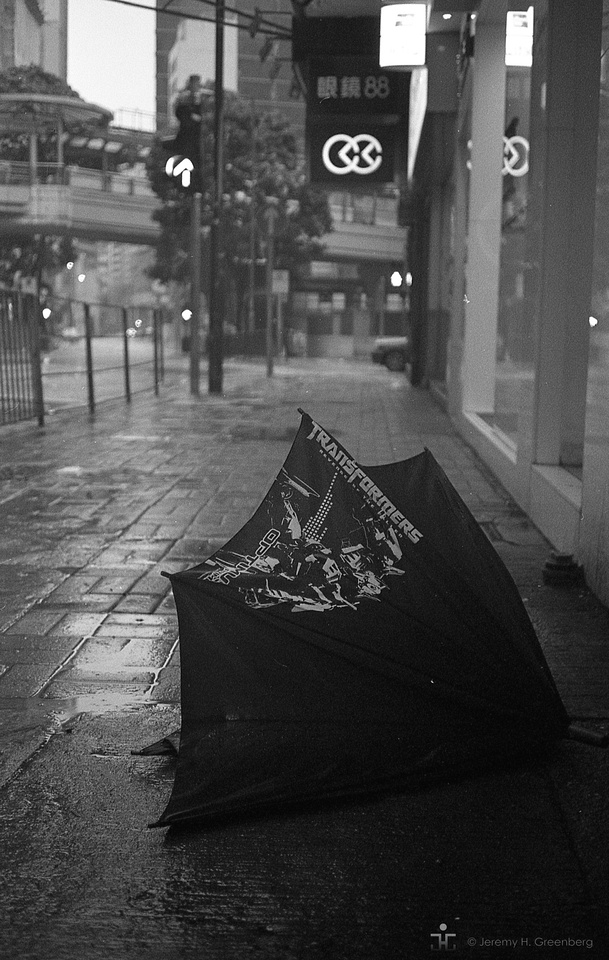

There are some photographers that swear by the one camera, one lens ethos and stick to their guns on this issue. As admirable as that might sound, for many amateur or hobbyists, we might expect that one camera is all that a person should need. However, over time, the serious hobbyist or professional will most likely want to up their game. The path of improvement and experimentation, inevitably, is paved with coated glass. The creative’s appetite will grow for that choice wide angle lens that is perfect for landscape photography (even on Mars), that out-of-this-world 85mm f/1.4 Nikon glass , or the latest perfectly ergonomic offering from Fujifilm.
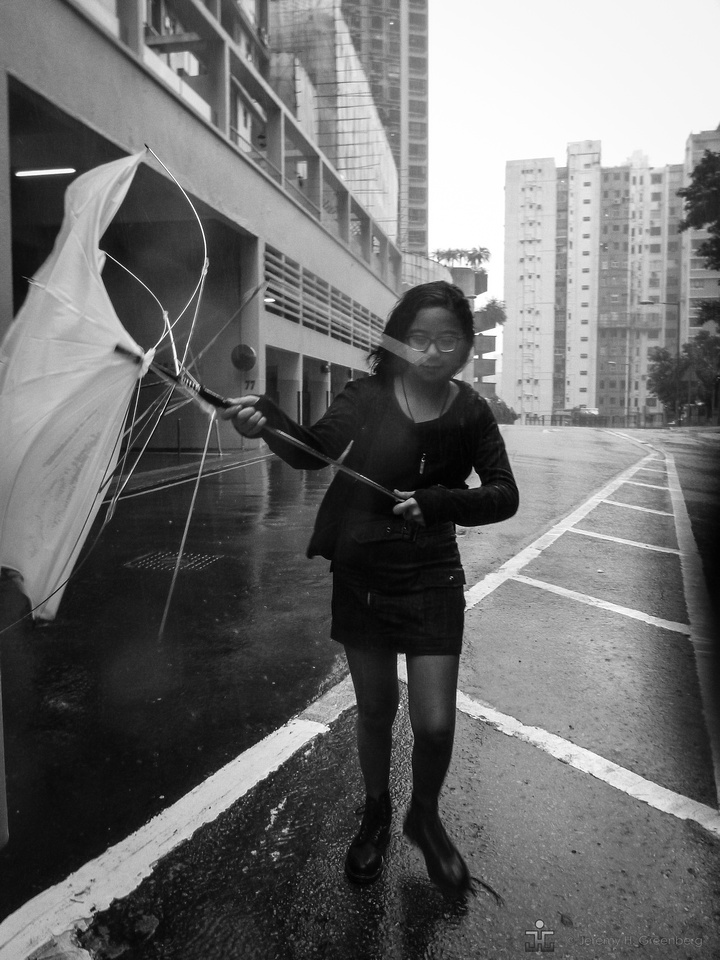

There are Magnum photographers such as the very accomplished David Alan Harvey who advocates for using one lens for up to two years. This is for the benefit of really learning the focal length and view angle. View angle is the photographers proverbial canvas and it’s difficult to argue otherwise. Cheap camera challenges from the guys at DigitalRev TV and others such as Ted Forbes from Youtube’s The Art of Photography suggest that using cheap plastic Holga’s, for example with basically no controls will expand or force one’s creativity. With few or no controls, Mr., Forbes would suggest, the photographer is forced to move their feet, seek out interesting subjects, focus on composition, and use other perhaps novel creative techniques to make images with substance. While I happen to agree with the approaches mentioned above, I offer an alternative view.
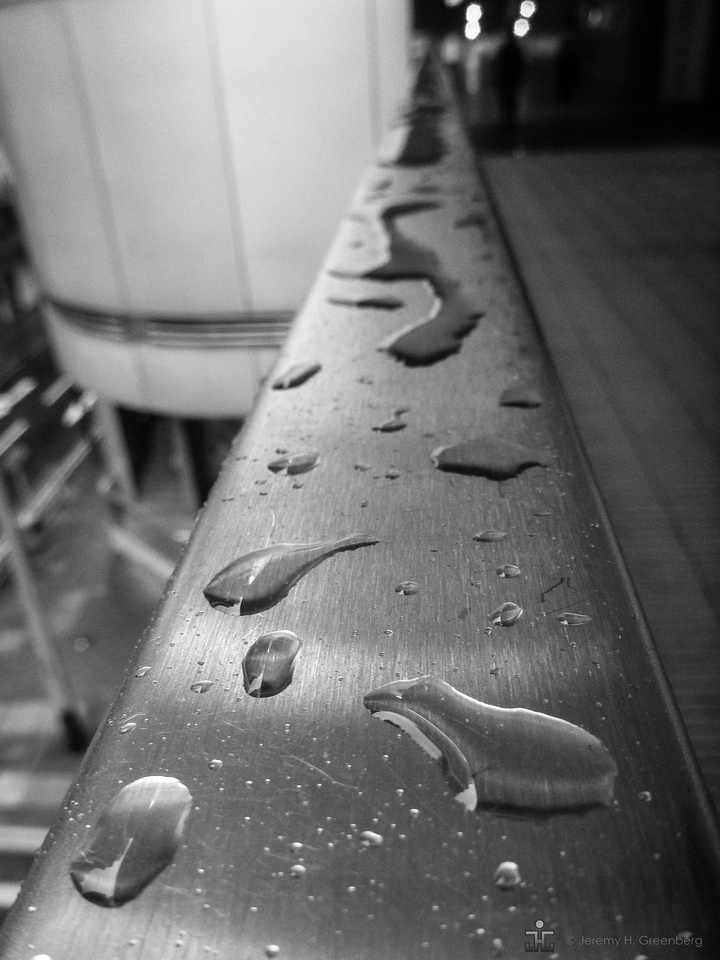

Using the same tool over and over day after day, is flat out boring. Who wears the same pair of shoes, or eats only toast with jam for breakfast everyday? Monetary limits aside, variety is the spice of life. While it might be false logic to expect that the purchase of a new camera and/or lens will necessarily lead to better pictures, it is also false to assume that it won’t. A new bicycle encourages the child to hop on and go for a ride. A new pair of running shoes begs for a 5km break in and and that new impact drill is begging to start that new project for which it was bought in the first place. Everyone likes new things. A new camera combination that is comfortable, ergonomic, and speaks to you is worth it. That shiny new (or used) lens with focal length X might be just the thing to give the photographer that extra push to get outside and work on their composition or technique.
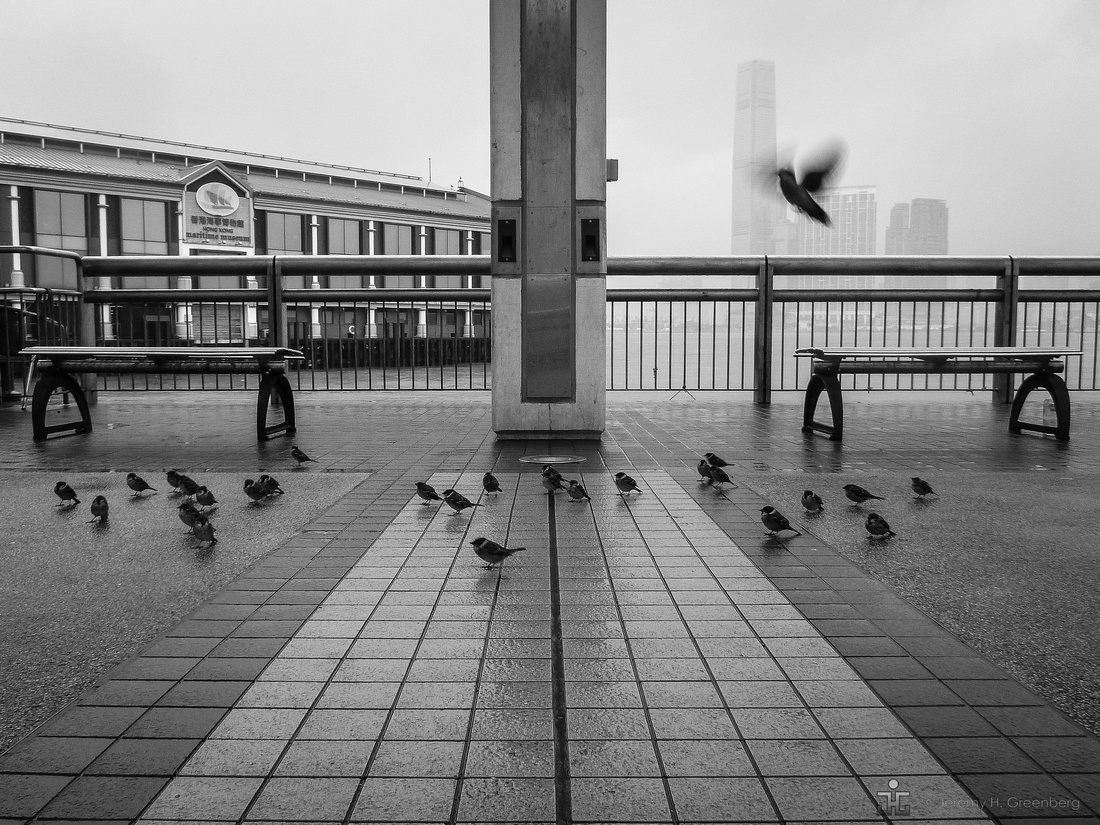

Of course, I am not advocating we all go out on a shopping spree tomorrow, but there must be some happy medium that exists for each of us as photographers. We have a strange relationship with our gear, granted. However, many view the camera as an extension of their body so go figure. It is not necessarily detrimental to the creative process to purchase or acquire a new camera, lens, tripod, bag, or other gear related item. There is some proportion of gear that each of us needs for that ultimate happiness and creativity combination. Sometimes a new thingamabob is required for the creative juices to get flowing and to overcome whatever the photographer’s version of writer’s block might be. Many photographers go through a trial and error period of learning what they like to shoot in terms of film, digital, both, wide angle or standard lenses, this brand or that brand. This is a natural growth process and each of us must find his or her own way. Different gear speaks to different people for different reasons.
Given that it’s typhoon season here in Hong Kong, we have about eight typhoons per year. Last week we had a “Typhoon 8” that means that everything is closed because a typhoon is close to the region. Most people stay home. However, I needed a cure for some cabin fever around late afternoon so I went out into the storm to photograph the typhoon. I brought my little underwater point and shoot digital camera and a Fuji HD-M 35mm film camera from the 1980s that is also submersible down to 10 metres or so. Without these particular cameras, neither of which is expensive or complicated, there is no shooting in the rain let alone underwater.
Now, this is an extreme example of the gear equals creativity argument, but it does illustrate the point and hopefully drive it home. All but a few dedicated underwater cameras would have been toast in less than one minute in hard rain and windy conditions on that day. These photos were made with the both of these cameras.
Need inspiration? Get your gear on, get out there, and make some magic.
The light is always right.
jhg
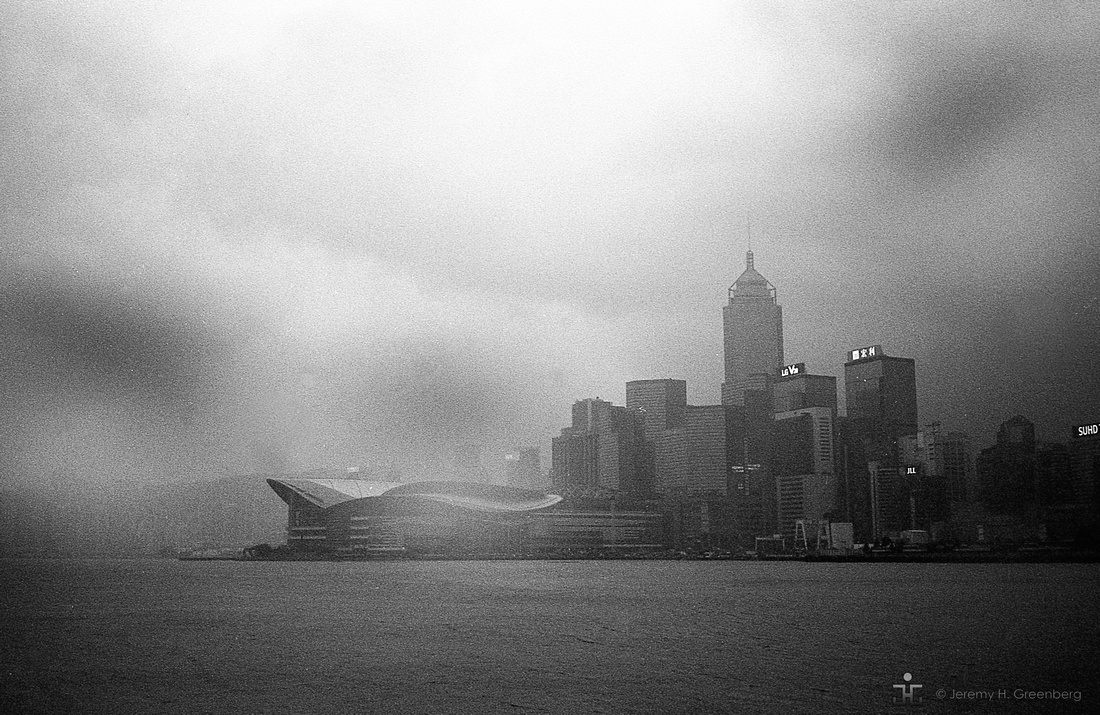

Blog #35 The Are-Bure-Boke aesthetic from Japan
Blog #35 The Are-Bure-Boke aesthetic from Japan
“Are‑Bure‑Boke” (pronounced ah‑reh bu‑reh bo‑keh) is a Japanese term, coined to describe a particular style of photography that became increasingly popular in Japan in the late 1960s and early 1970s. Are‑Bure‑Boke means, “rough, blurred and out-of-focus.” A group of about three to five photographers published a magazine titled Provoke and presented photos of the protests and unrest of that time. Using black and white film, their photos were very much abstract and represented a rebellion in their own way against “the establishment”. While others were making sharp images and colour photography was becoming increasingly available and of better quality, these artists preferred to show their world as dark, contrasty, and mysterious.
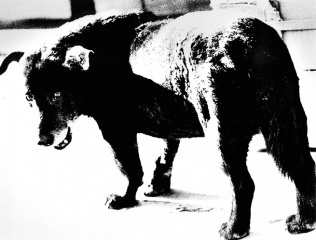

Before the first of only three issues of Provoke was published in 1968 and 1969, it was likely that the founders were influenced by others such as William Klein’s and his Life is Good and Good For You In New York, Ed Van Der Elsken’s work, or the work of Shomei Tomatsu. Other examples from this period include: Takuma Nahahira’s For a Language to Come, Yutaka Takanashi’s Toshi-E (Toward the City), and perhaps the most popular and mainstream of the original Provoke group, Daido Moriyama.
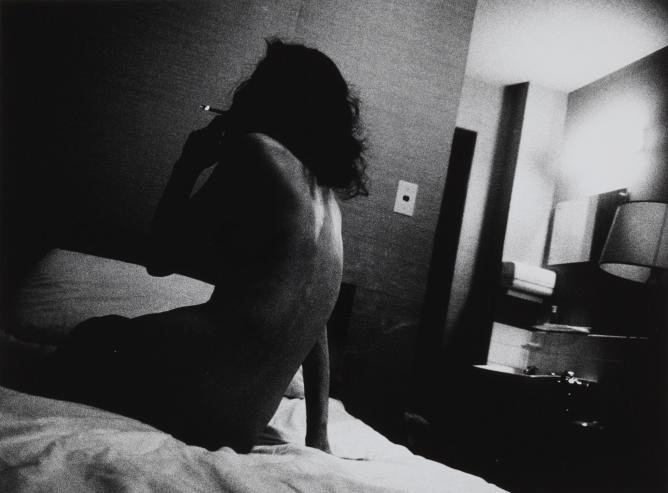

The aesthetic of the Are-Bure-Boke style was received well and was deemed cool and unique for its time. The term bokeh (bō’kā) is Japanese for out of focus and has made its way into our modern photographic vernacular. This should not be a surprise given the multitude of camera companies and excellent models that were developed in Japan in those days.
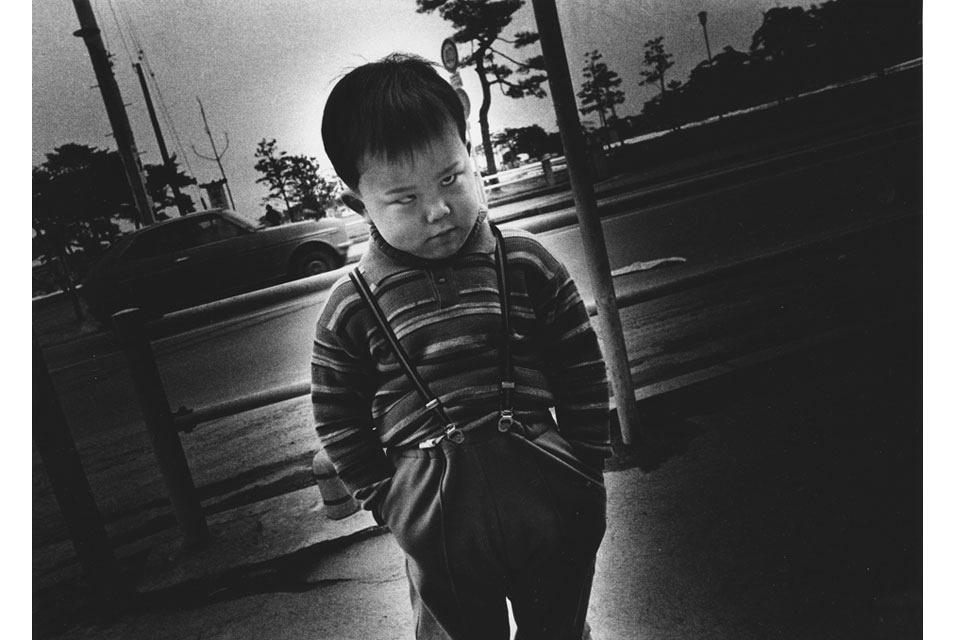

This style is just as significant today as is was 40 years ago. Photographers today might want to experiment with this more abstract style or capture the look of film that comes with a distinctive aesthetic. One advantage of presenting this style of image is that the viewer is given the task of filling in the blanks, so to speak. Subjects in your image that are not entirely in focus or even blurry can be representative of anything or anyone. Your image can be more open to interpretation by the viewer as compared to an image that was sharply composed with a subject that is obvious. In other words, you might want to leave some room for mystery in your images. Film photography or working towards the look and feel of film can do that for your images. As the image moves away from a sharp image with a clearly identifiable subject and action, the viewer is given less factual information that might leave more to the imagination.
The three above photos are from Daido Moriyama and the three below are my attempts at this style of film photography.
The light is always right.
jhg
